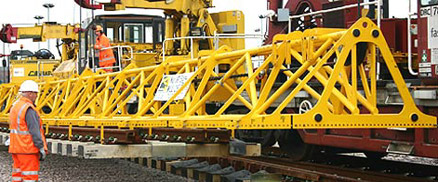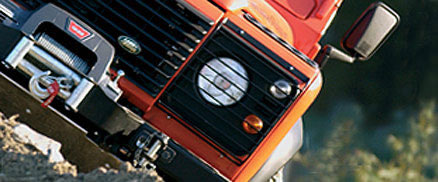Lifting beams may incorporate various loose and detachable items of lifting gear. You should not use defective or distorted beams or attachments. Lifting beams are generally designed for a specific purpose and should not be used for other purposes without consulting the supplier. This will include the size of crane hook from which they are suspended. On no account should lifting beams be suspended from unsuitable size hooks. The weight of the beam, together with its attachments, must be added to the weight of the load when calculating the total load that will be imposed on the crane hook. Ensure that the SWL on the individual lift points is not exceeded. Extra care is needed where these are adjustable. Ensure the load is stable and that the beam remains at its intended attitude during use. Particular care is needed when lifting and setting down as not only may the load become unstable but individual lift points may become overloaded. Use tag lines to control long loads. Do not allow the beam to foul the underside of the crane, or any other obstructions, when raising or transporting loads.
ALWAYS
- Store and handle lifting beams correctly
- Refer to the safe use instructions for slings and attachments used with the beam
- Include the self weight of the beam and attachments when calculating the load imposed on the crane hook
- Ensure the load will remain stable when lifted.
- Ensure that no one lifting point becomes overloaded by the slinging or handling methods
- Use tag lines to control long loads
Never
- Use lifting beams to handle loads other than those for which they are designed
- Fit lifting beams to a hook other than those for which they are designed
- Use damaged or distorted lifting beams and attachments
- Unevenly load lifting beams
- Allow lifting beams to alter attitude during use
- Allow lifting beams to foul the underside of the crane or any obstructions in the area.


